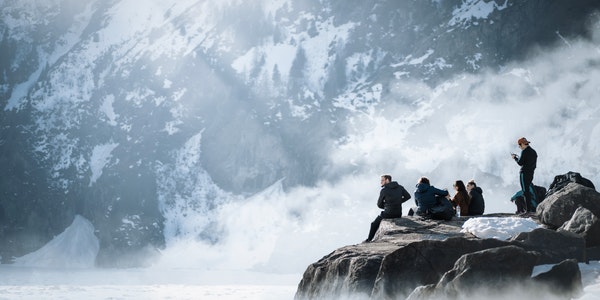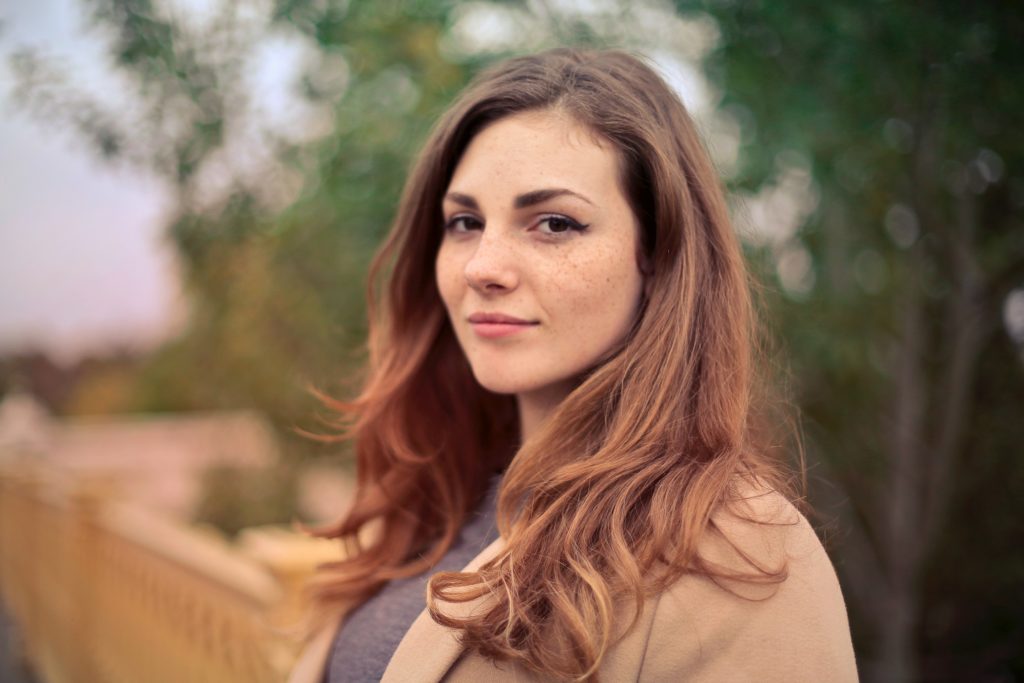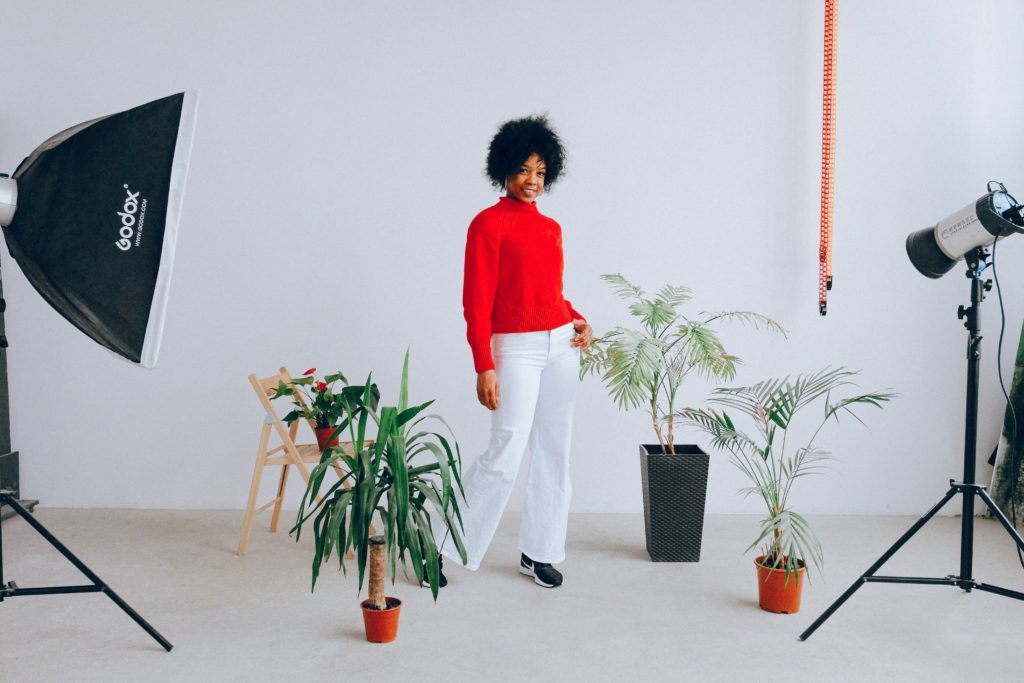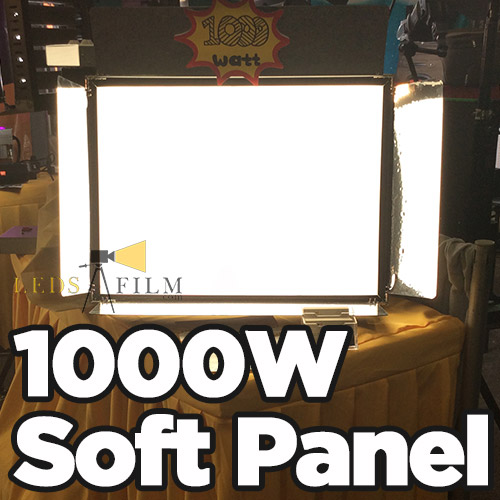Photography Method
13. Underwater photography
One of the methods of film and television special effects photography (elephant) is to photograph (elephant) in the water. The photographer (elephant) carries a camera (elephant) with a protective cover and diving equipment, and dives into the water to shoot directly. Underwater photography (image) can truly reflect underwater scenes, such as the life of aquatic animals and plants, geological data of the seabed and riverbed, archaeological discoveries, etc. Underwater photography (elephant) is widely used in scientific research, military technology, sports, teaching, etc.
14. Water tank photography
Most of the underwater shots in the film and television textbooks were taken in the studio using the water tank photography (image) method. The water tank used for filming movies and TV is like a huge rectangular fish farming tank. In the water tank, various rocks and sand are arranged as the scenery of the seabed. A background board is placed behind the water tank, and various water plants or other backgrounds are painted. When shooting, place the camera (imaging) on the front of the water tank. Just pay attention to the fact that there is no reflection on the glass and there is no border of the water tank in the picture. The picture taken will be as real as shooting in the water.

15. Composite Photography
One of the film special effects photography. With the help of one exposure or multiple exposures, models, photos, and pictures are used to replace part or all of the real scene or the scenery, so as to achieve the effect of replacing the big with the small and the fake; or using complex methods such as optics, chemistry, machinery, and electricity, The scenes captured by the location are combined in the same frame to create some scenes that cannot be actually shot. This kind of photography is safe and economical. Commonly used synthetic photography includes: scene photography, background projection synthetic photography, active matte photography, optical technique printing, etc.
16.Portrait photography
It is a (modeling) photography that uses the appearance of a film and television character to express the character’s temperament. The shooting angle is directly related to the perfection of portraits: a higher angle can make a thin person a little more plump; a lower angle can make a fat person a little more beautiful; the two cheeks should be shot sideways; double cheeks If the nose is too high, it is better to take a straight shot; if the nose is too high, it is not suitable to shoot sideways; if the facial structure is flat, it is not suitable to take a front shot. To make portraits fully reflect the character of the characters, we must also pay attention to the close-up, close-up, mid-range, and panoramic shots of the characters and the scene scheduling in the film and television, as well as the plot of the entire film and television teaching materials to organically combine the atmosphere, tone, and space status. , The landscape environment is combined with the shots of the characters.

17. Wrong focus photography
A type of film and television special effects photography (elephant). That is, a polygon mirror is placed in front of the camera lens for shooting. Due to the effect of the polygon mirror, multiple images overlap in the captured screen. Mis-focus photography (elephant) is often used to express the vision of a drunk or unconscious person. The wrong focus camera is also often used in TV commercials.
18. Infrared photography
One of the special techniques of film photography is to use infrared as the light source, and the photosensitive film used is sensitized by cyanine dyes that absorb infrared wavelengths. The infrared spectrum used in photography is in the range of 700 to 1300 nanometers. When shooting, add a dark red to black color filter in front of the lens to filter out ultraviolet and visible light in sunlight, or use an infrared light source to illuminate the subject. The photosensitive film is exposed to only infrared light and a small amount of red light, and then undergoes general development processing. And get the positive film. Since infrared rays can penetrate smoke, dust and mist, they can get a clear image of scenes in long-distance and high-altitude photography. TVs are mostly used to imitate night scenes in daylight.
19. Polyprism photography.
A method of photography using a prism made of the principle that light is refracted through a prism. Each plane of the polygon mirror can refract an image from the subject. How many images are needed depends on how many planes there are on the polygon mirror. Generally there are 3 to 8 planes. The polygonal lens is set in a rotatable frame to adjust several images in the best position. When in use, the polygon mirror needs to be installed in front of the main lens. The polygon mirror is suitable for shooting a single object, so that the picture has a magical special effect.

20. Perspective composite photography
This kind of photography is done on a special lens synthesis device. The working principle is to transform the rays of the animation camera and the film frame-by-frame projector. The sacred sac of the rose is lying dumb, the woman is glaring at her daughter-in-law, and the woman is staring at her daughter-in-law. Huang Bao? You? He swept away the miracle dome Pang Chen? Pang Che neo rice ang? Heyun slowly milled the tips?
21. Event matte photography
An important means of special effects photography, a kind of background synthesis photography. Usually, the actors’ performance is captured in front of a curtain illuminated by monochromatic light (infrared light, ultraviolet light, sodium light or blue light), and then the exposed black silhouette is taken with the help of a black silhouette that is exactly the same as the actor’s performance. Cover the part for protection, and then take any required background scenes to make it a complete picture. This technique is often used to express certain thrilling scenes or unrealistic fantasy scenes in movies because the actors’ performances and the things that happen in the background are shot separately and then combined together.
Also known as “stop and shoot again.” That is, the photographing method of taking an object that has been photographed, and then taking another object in the original position. When the film and television textbooks filmed in this way are shown, the original item will suddenly become another item. Mélière used this stunt photography method for the first time in the film “Cinderella” filmed in 1899 based on the mythological drama.
23. Special photography
Not exactly the same as the concept of special effects photography, special effects photography mainly refers to the methods and techniques of photography. Special photography depends more on shooting equipment, such as photomicrography, X-ray photography, etc., which are all special photography.
24. Animation Photography
The main feature of the photography method used when shooting animated films is to shoot frame by frame. That is to say, an animation artist needs to draw pictures into pictures, and the movements of the scenery and characters in the pictures are coherent with each other. Then take these pictures one by one (frame by frame). During the screening, these interconnected faces produce the effect of cartoons.

Picture tone
The so-called color tone refers to the mutual arrangement and interconnection of different colors in the screen of the film and television teaching materials. The factors that determine the hue of the picture are the color characteristics of the subject, the lighting conditions during shooting, various filters and optical accessories used on the camera to correct the hue of the scene. For movies, the performance of photosensitive materials and the technical control in the process of processing are also factors that affect the color of the picture.
1. Bright tones
One of the types of film and television tones. In the area of the screen, the white and gray parts account for a large proportion, and the black is less. This tone emphasizes a clear and lively atmosphere. However, it is not easy for Zhenji to shoot a clear picture, which requires the cooperation of the director, beauty, lighting, props and other departments. There should also be a small amount of black or gray in the bright picture to create a sharp contrast, make it more lively and bright, and create a certain mood and mood.
2. Plain tones
One of the types of film and television painting. In the area of the picture, the black and white part is less, and the gray area occupies a large part. Because it gives a sense of flatness and cleanliness, it is called “flat adjustment”. It is not advisable to use lighting for rendering when shooting this kind of tone. It distributes the light neatly with an objective attitude, without large shadows, and without deep shadows, so that the audience can concentrate on watching the performances of the actors and the colorful costumes and backgrounds.
3. Dark tone
Also known as “low-key”, it is one of the types of film and television tones. The dark tone is in the area of the screen, and the black part occupies a large area, and only accounts for about 25%. The white bright part is often used to highlight the main body, play a role of emphasis, and sometimes also play a role of contrast. The dark tone gives people a heavy, deep, and sad mood, and can also create a mysterious and gloomy atmosphere.
